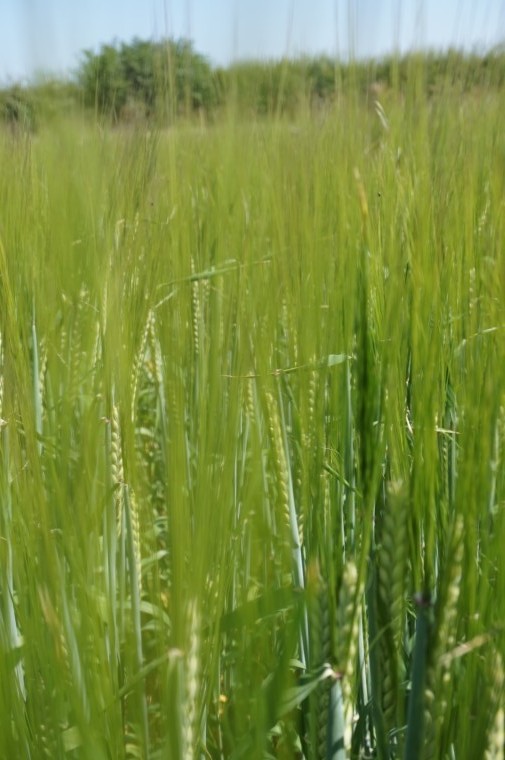Using variable drilling we have seen yield benefits of 1t/ha in spring barley and these better yields come about in line with reducing black-grass populations by as much as 50%,” Matt Ward, Farmacy services manager, told growers at a recent Omnia roadshow in Newark.
“However to optimise these yields it’s important to have a plan from the outset and know want you want to achieve – don’t just put the crop in and hope for the results that you want,” he says.
“Most spring barley crops are being grown for black-grass control so it is critical that the crop doesn’t let the black-grass through – so this can be used as a starting point when working out the desired establishment rate.”
“Then work out what may compromise this end result working backwards to alleviate as much of the variability as possible.”
{in-brief}
Reminding the audience that barley yield is driven by grain number, which in turn is determined by ear number and tiller density, Mr Ward pointed out that barley, particularly two-row varieties, has less capacity to produce grains per ear compared to wheat, so getting the right number of plants established is a critical step in achieving high yields.
“You must be realistic about field losses when planning seed rates.”
“A crop with 600 ears/m2 for example, would typically yield 6t/ha (assuming 21 grains/ear), whereas 800 ears/m2 would yield nearer 8t/ha.”
“Going back to the start and variety choice – once you have decided what variety you are growing consider any variability there may be in the actual seed.”
“We are seeing a wide range of variation in thousand grain weight (TGW) this year as a result of last year’s challenging season – and this will have an impact on the amount of seed required – so make sure to check this.”
“However once again think about the ultimate aim – such as the desired number of ears- and then work backwards to get the correct seed rate. Just accounting for soil type will not be sufficient.”
“If aiming for an average of 775 ears/m2 work out how many plants are needed to achieve this and then how many seeds/m2 are needed for that number of ears or establishment rate.”
“For 80% establishment that works out to be about 406 seeds/m2 at a TGW of 50.”
However how often do you get 80% establishment in a spring barley crop, challenged Mr Ward.
“In excellent conditions you can expect 80-90% establishment, but in heavy clay, claggy soils where black-grass is flourishing, which is more often than not where your spring crop is being grown, establishment will drop significantly and can be as low as 55%.”
|
% Establishment |
Seeds/m2 needed |
|
90 |
360 |
|
80 |
406 |
|
70 |
465 |
|
60 |
540 |
This underlines the importance of incorporating variation into managing crop expectations or outcomes to produce a more uniform plant stand, he pointed out.
“Managing this variability can be made easier through variable drilling using a system such as Omnia that incorporates all of the information and then adapts the seed rate accordingly.”
The most commonly entered criteria for planning a variable rate drilling plan in Omnia are TGW, sowing date, soil texture, sub soil, seed bed condition, slugs and weed pressure.
However its possible to enter any data that is relevant –as long it can be mapped, he said.
“For example recently one user mapped the shading on a particular field that faced a long line of high hedges.”
Small changes better than none
“Adopting variable drilling does not have to be an all or nothing approach.”
He pointed out that any small changes are better than none.
“Keep it simple and don’t sweat the big stuff. You can’t micro-manage every centimetre of soil, but it is possible to divide fields into management areas based on soil type or where the black-grass is growing – then you can zone the fields and measure your efforts and the outcome – and that is the most important aspect to a variable approach.”
“It’s good management practise to map as much information on a particular field as possible, as in a year’s time you will not remember the exact details – but having a map provides a reliable reference.”
He points out that it is important not to only refer to last years information to make decisions as every year is different, so try to collate the data over several seasons as this will give a more genuine picture.”




